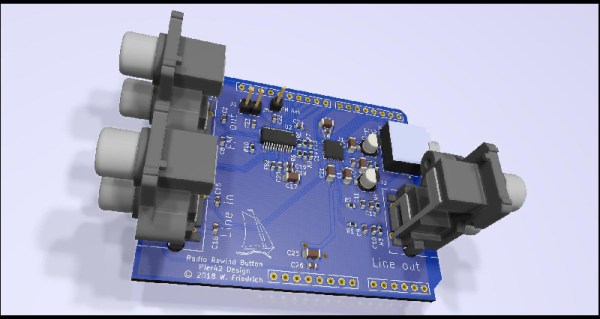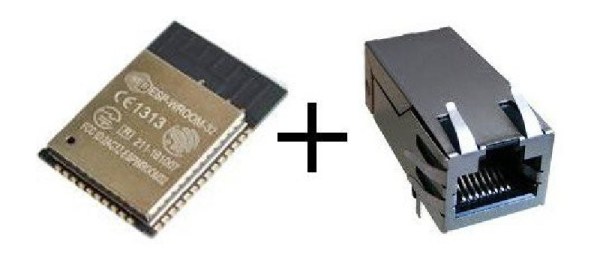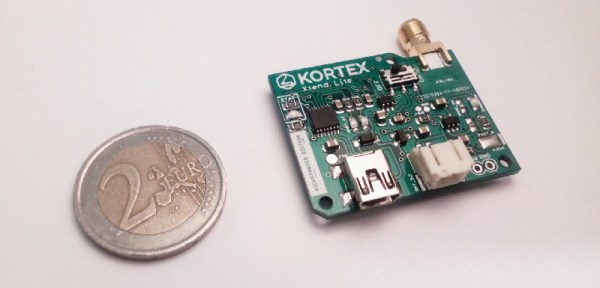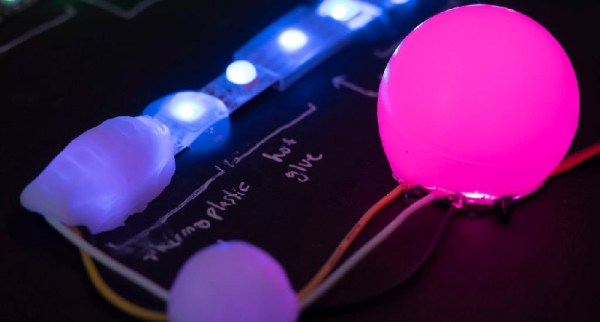Even though it’s now a forgotten afterthought in the history of broadcasting technology, we often forget how innovative the TiVo was. All this set-top box did was connect a hard drive to a cable box, but the power was incredible: you could pause live TV. You could record shows. You could rewind TV. It was an incredible capability, that no one had ever seen before. Of course, between Amazon and Netflix and YouTube, no one watches TV anymore, and all those platforms have a pause button, but the TiVO was awesome.
There is one bit of broadcasting that still exists. Radio. For his Hackaday Prize entry, [MagicWolfi] is bringing the set-top box to radio. He’s invented the Radio Rewind Button, and it does exactly what you would expect: it rewinds live radio a few minutes.
To have a pause or rewind button on a TV or radio, the only real requirement is a bunch of memory. The TiVO did this with a hard drive, and [MagicWolfi] is doing this with 256 MB of SDRAM. That means he needs to access a ton of RAM, and for that he’s turning to the Digilent ARTY S7 board. Yes, it’s an FPGA, but actually a fairly simple solution to the problem.
The rest of the circuit is an FM receiver chip and an I2S audio codec on an Arduino-shaped daughterboard. The main controller for this project is a big red button that will simply rewind the audio stream a few minutes. There’s no telling exactly how long [MagicWolfi] will be able to rewind the audio stream, but 256 MB is a ton in the audio world.





















